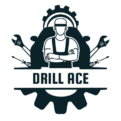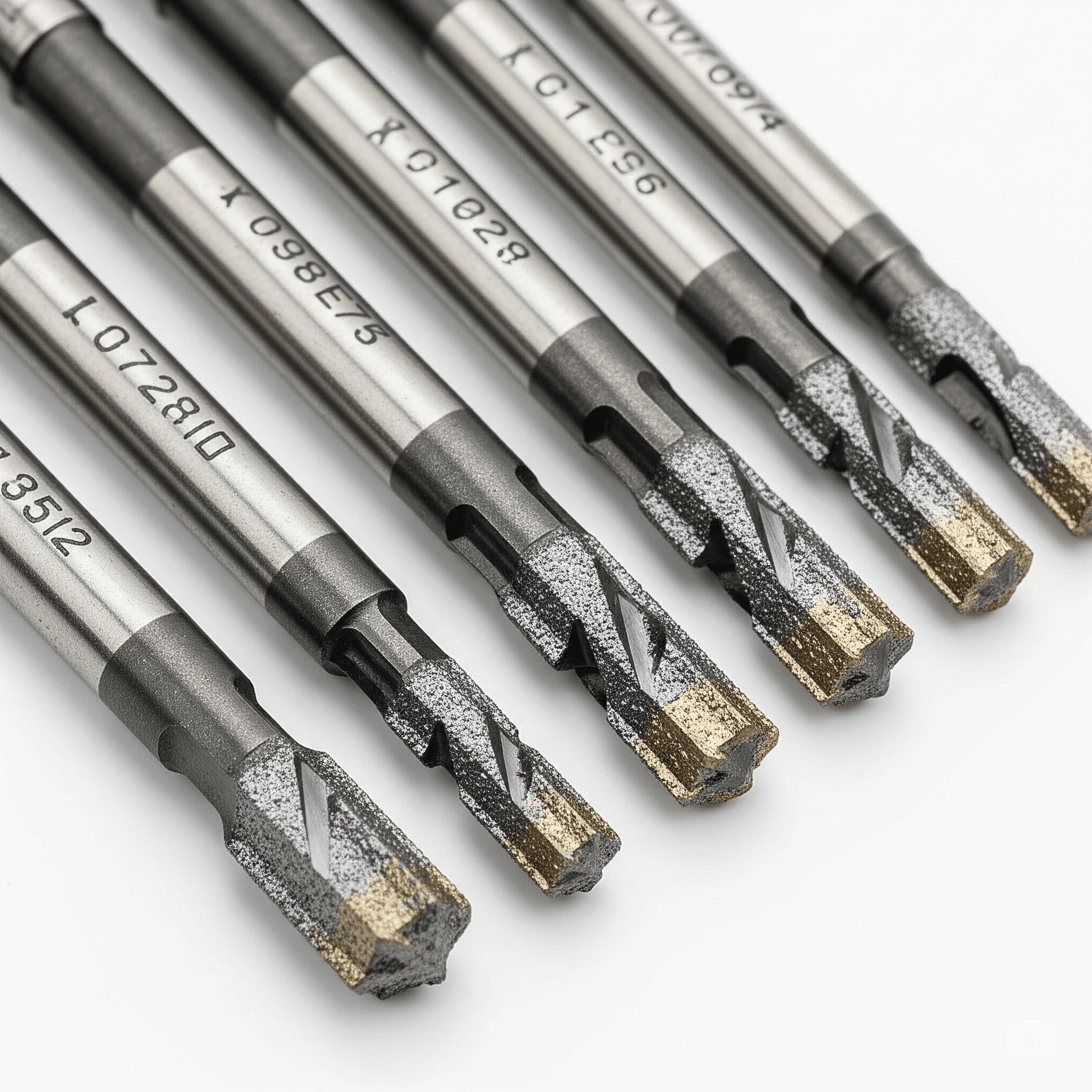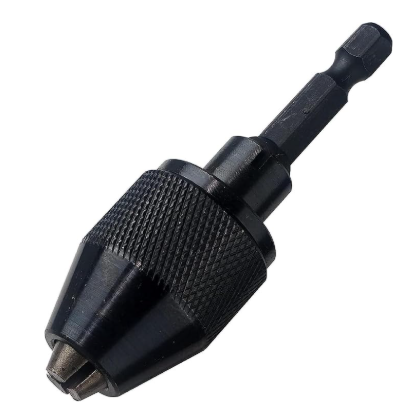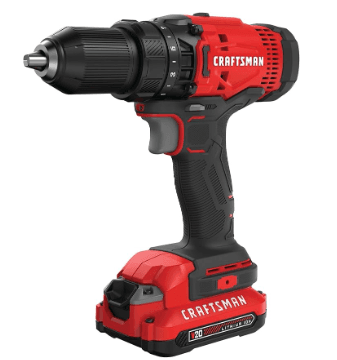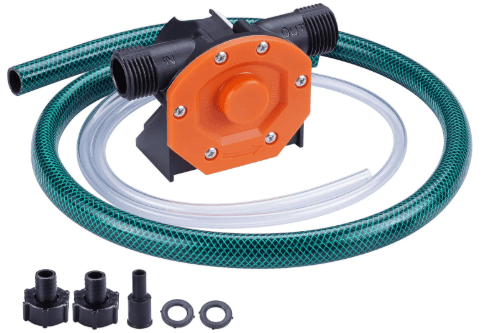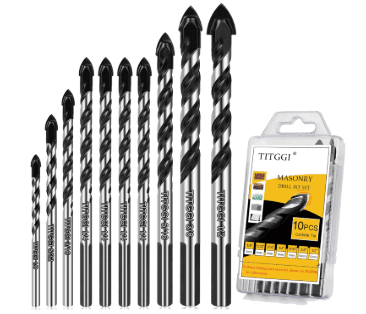The Ultimate Drill Bit Guide: Choosing the Right Bit for Wood, Metal, Concrete, and More
Every successful project, from hanging a picture frame to building a deck, starts with a single, perfectly drilled hole. But standing in a hardware store aisle reveals a dizzying array of drill bits—different shapes, materials, and coatings. Choosing the wrong one can lead to a split piece of wood, a burnt-out bit, or a cracked tile. This guide is here to change that.
As seasoned experts in tools and trades, we’ve created a definitive guide to demystify the world of drill bits. We’ll break down which bit to use for every common material and explain how to select the right size for your screws and taps. By the end, you’ll be able to select the right drill bit with confidence, ensuring a clean, safe, and successful result every time.
Choosing the Right Bit for the Job: A Material-by-Material Guide
The number one rule of drilling is to **match the drill bit to the material.** Using a wood bit on metal will instantly dull it, and using a metal bit on concrete will achieve nothing but frustration. Here’s the breakdown.
For Wood
Wood is the most forgiving material, but using the right bit makes a huge difference in the quality of the hole.
- Brad-Point Bits: These are the best choice for clean, precise holes in wood. They have a sharp spur at the center that prevents the bit from “walking” or wandering, and sharp outer edges that shear the wood fibers cleanly, resulting in a perfect entry hole.
- Twist Drill Bits (HSS): A standard High-Speed Steel (HSS) bit will work for general-purpose wood drilling, but it’s more likely to tear the wood fibers and create a messy entry hole.
- Spade Bits: For drilling large-diameter holes (typically over 1/2 inch) quickly, a spade bit is the go-to. They are fast but create rough holes.
For Metal (including Stainless Steel)
Drilling metal requires bits that can withstand high temperatures and friction.
- High-Speed Steel (HSS): Standard HSS bits are suitable for soft metals like aluminum, copper, and mild steel.
- Cobalt Bits: For hard metals like **stainless steel**, cast iron, and titanium, a **cobalt alloy bit is non-negotiable.** Cobalt is mixed into the steel, making the entire bit harder and far more resistant to the extreme heat generated when drilling these materials.
Expert Technique for Metal: Success in drilling metal depends on technique. Use a **slow drill speed**, apply **firm, consistent pressure**, and most importantly, use **cutting fluid or oil.** This lubricates the bit and dissipates heat, preventing the bit from overheating, turning blue, and losing its hardness.

Recommended: Cobalt Drill Bit Set (M35 or M42)
Don’t struggle with HSS on hard metals. Investing in a quality cobalt drill bit set is essential for anyone who plans to drill into stainless steel or other tough alloys. They last longer and perform better, saving you time and frustration.
Check Price on AmazonFor Masonry (Brick, Concrete, Stone)
Drilling into hard, abrasive materials like brick and concrete requires a specialized bit and a specific type of drill.
- Masonry Bits: These bits have a tough, arrowhead-shaped tip made of **tungsten carbide**, a very hard material designed to pulverize masonry.
- The Right Drill: For brick and concrete, you must use a **hammer drill.** This type of drill not only spins the bit but also provides a rapid “hammering” action (thousands of blows per minute) that chips away at the material as the bit rotates. A standard drill will not work.
For Tiles and Glass
These brittle materials require extreme care to avoid cracking. The key is to scrape, not chip, the material away.
- Spear-Point Glass & Tile Bits: These carbide-tipped bits have a unique spear shape that gently grinds a hole without the aggressive cutting action of other bits.
- Diamond-Tipped Bits: For very hard porcelain tiles or for drilling many holes, a diamond-tipped hole saw is the best choice. It grinds away the material for the cleanest possible hole.
Crucial Technique for Tile: Always use a **very slow drill speed** and **NEVER use the hammer function** of your drill. Apply light pressure and keep the bit cool with water or oil to prevent heat from cracking the tile.
For Plasterboard (Drywall)
Plasterboard is very soft and can be drilled with any standard drill bit. The challenge is not drilling the hole, but ensuring that whatever you hang will be secure. The hole you drill is simply a pilot hole for a drywall anchor. You must **match the drill bit size to the specific drywall anchor you are using** (the required size is always listed on the anchor packaging).
Precision Work: Sizing Pilot Holes for Screws and Taps
Beyond just making a hole, drilling is often about preparing for a fastener. A correctly sized pilot hole is the difference between a secure connection and a split piece of wood or a broken tap.
Pilot Holes for Screws (e.g., for a #8 Screw)
A pilot hole prevents wood from splitting, reduces the force needed to drive a screw, and ensures the screw goes in straight. The goal is to remove just enough material for the screw’s shank, allowing the threads to bite firmly into the surrounding wood.
A good rule of thumb is to select a drill bit that is the same diameter as the **solid shank of the screw**, not including the threads.
| Screw Size | Pilot Bit for Softwood | Pilot Bit for Hardwood |
|---|---|---|
| #6 | 1/16″ (or 2mm) | 5/64″ (or 2.5mm) |
| #8 | 5/64″ (or 2.5mm) | 3/32″ (or 3mm) |
| #10 | 3/32″ (or 3mm) | 7/64″ (or 3.5mm) |
Tap Drill Sizes (e.g., for a 5/16 Tap)
Tapping is the process of cutting threads into a hole to accept a machine screw or bolt. This requires a very specific drill bit size. If the hole is too small, the tap will bind and break. If the hole is too large, the threads will be shallow and weak.
| Tap Size (UNC – Coarse) | Required Drill Bit |
|---|---|
| 1/4″ – 20 | #7 (or 13/64″) |
| 5/16″ – 18 | F (or 17/64″) |
| 3/8″ – 16 | 5/16″ |
| 1/2″ – 13 | 27/64″ |
Conclusion: The Right Tool for the Right Job
The vast world of drill bits becomes simple when you focus on two principles: match the bit’s material and design to the material you are drilling, and match the bit’s size to the fastener you intend to use. By investing in a few quality sets of bits—Cobalt for metal, brad-point for wood, and masonry for concrete—and using the proper technique, you’ll be equipped to handle nearly any drilling task that comes your way. Always remember to wear safety glasses and let the drill bit do the work.
